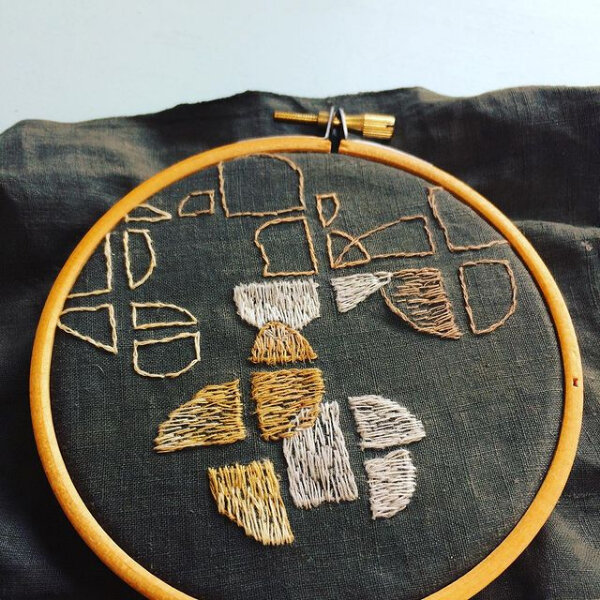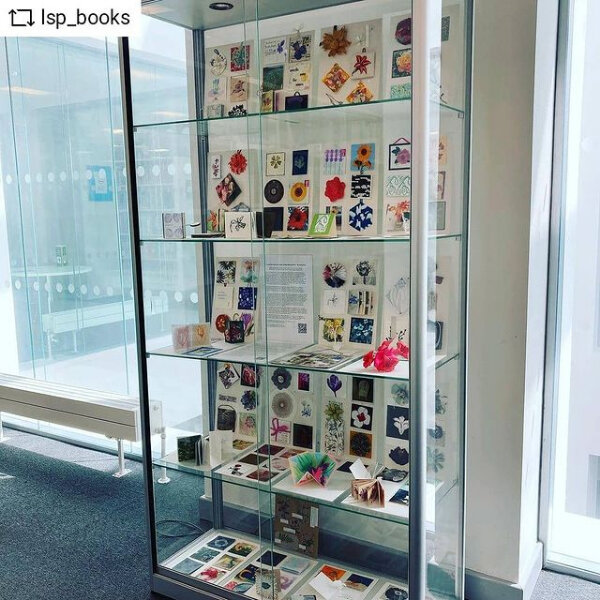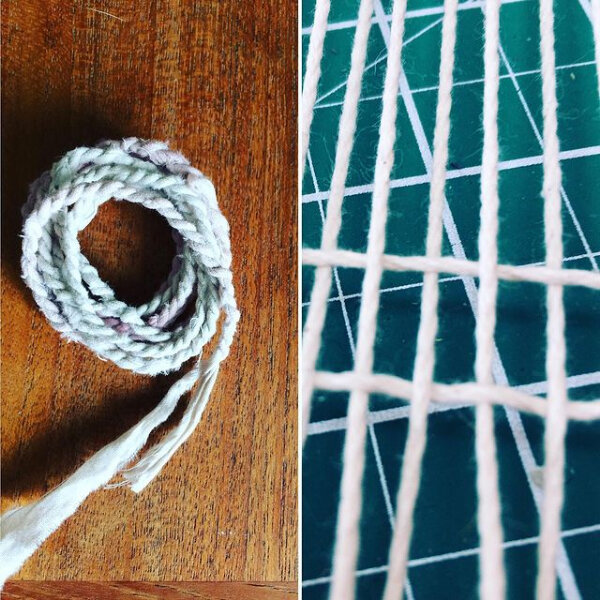More early morning sketching in the front garden
Rhubarb root ink is the perfect colour match for drawing my dog, Otto
Daily drawings for June – a step outside my comfort zone with watercolours
The unscientifiaclly named dye batch ‘Jean’s Flowers (2)’
It’s been a drawing week, with a little bit of dyeing. I had a perfect start to the weekend, early morning sketching in the front garden. They were late to the party, but the poppies and foxgloves are making up for it now. The bees are thrilled, and it was lovely to sit drawing with just the background hum of bees for company. It’s almost a form of mediation sitting , looking, and concentrating on only what’s in front of you. I even saw a poppy flower unfurl as I sat drawing, which was a real treat.
I’ve been doing a lot of drawings of my lovely dog, Otto, recently. And who knew? Ink made from rhubarb root is a perfect colour match for drawing a vizsla.
My daily drawings for June were completed this week - flowers in watercolour. Out of my comfort zone, and it’s a mixed bag of results, but I’ve learnt a lot along the way and feel a bit less intimidated by watercolour as a medium now. This also marks the halfway point of my ‘garden residency’ - it’s certainly a whole heap more colourful than it was when I started back in January...
Finally, a little bit of dyeing. I like the idea of capturing colour from something that would otherwise be thrown away. My latest dye batch is unscientifically named ‘Jean’s flowers (2)’ - made from boiling up a (dying) bouquet of flowers from a lovely neighbour. It’s a whole mix of flowers and foliage so impossible to see where the colour has been extracted from, but it extends the life of the bouquet, and it’s a nice reminder and record of a kind gesture...








































































































